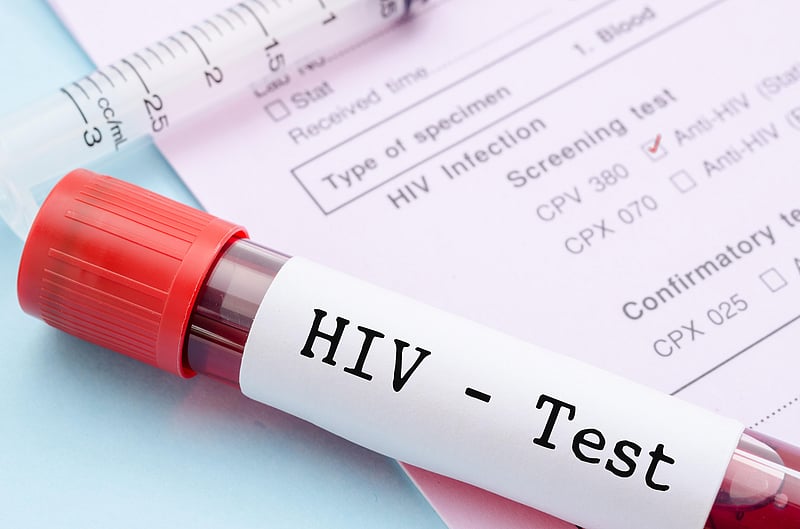Manténgase sano!

- Cara Murez
- Posted December 1, 2022
On World AIDS Day, White House Announces Plan to End Epidemic by 2030
The United States will renew its focus on ending the HIV/AIDS epidemic by 2030, with new funding and a five-year strategy, the White House said Thursday.
The Biden administration announced its ambitious plans on World AIDS Day.
Among the plan's components are requesting $850 million in the 2023 budget for HIV prevention and care programs. Biden also proposed a new $10 billion national PrEP program. This could give access to preexposure prophylaxis and services for people without insurance or low coverage.
Global goals include reaching UNAIDS targets for reducing new infections and reaching targets for all age, gender and population groups. It would also include improving equity for adolescent girls, young women and children, CNN reported.
"Our work is not done. HIV remains a serious threat to global health security and economic development," U.S. Secretary of State Antony Blinken wrote in the new strategy. "Our progress can be easily derailed if we lose our focus or conviction, or fail to address the inequities, many fueled by stigma and discrimination and punitive laws, that stand in our way."
The U.S. President's Emergency Plan for AIDS Relief (PEPFAR) announced Thursday that it has supported antiretroviral treatment for more than 20 million men, women and children as of Sept. 30, CNN reported. That number is up from 18.96 million in 2021.
PEPFAR has provided 64.7 million people with HIV testing services and helped 5.5 million babies from being born with HIV.
World Health Organization Director-General Tedros Adhanom Ghebreyesus said on Twitter Thursday, "With bold leadership, we can deliver care for everyone!" The director called for countries to implement global strategies for not only HIV but hepatitis and sexually transmitted infections.
HIV still has no vaccine or cure, even though medications have made it more manageable and have prevented infections. More than 1 million people had HIV in the United States in late 2019.
Access to care varies widely, with HIV affecting disproportionate numbers of Black and Hispanic Americans, CNN reported.
U.S. goals include reducing those inequities while preventing new HIV infections and improving outcomes for those who do have HIV.
More information
The U.S. Centers for Disease Control and Prevention has more on HIV and AIDS.
SOURCES: White House, news release, Dec. 1, 2022; CNN







